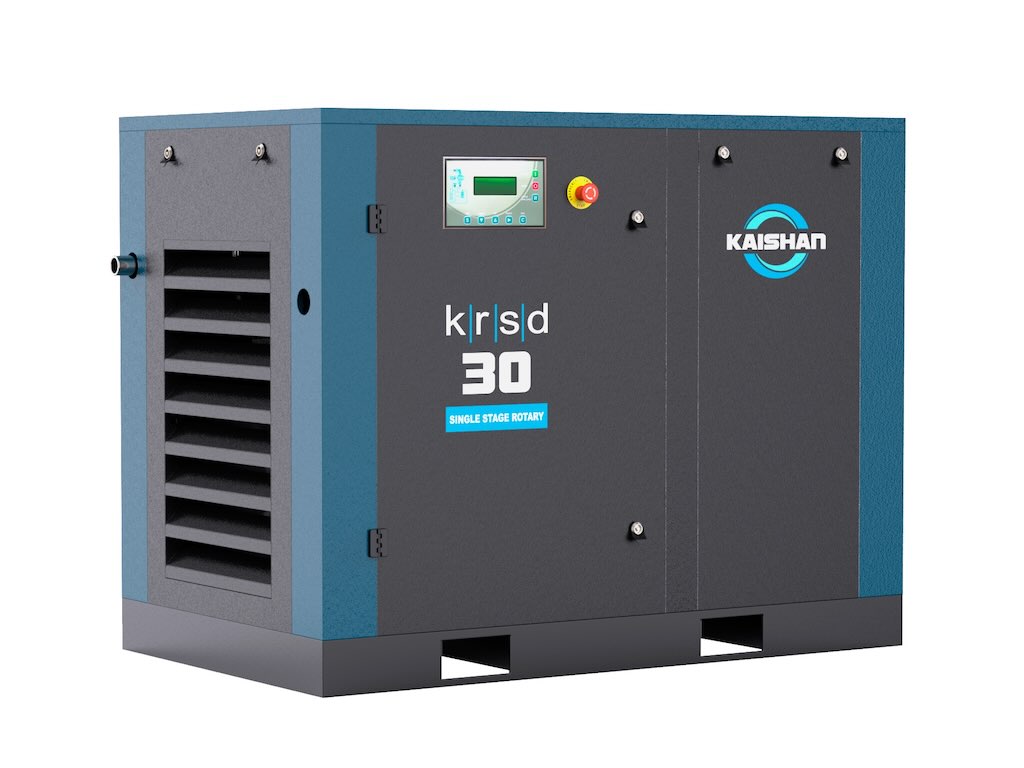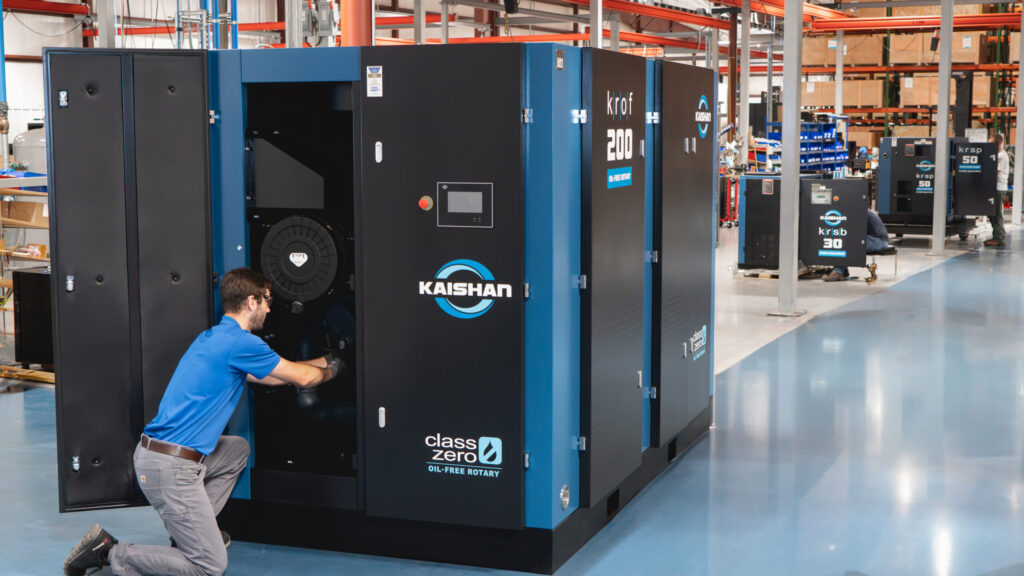Solutions for a greener environment

We are a long way from the era when fuel cells were used only to power spacecraft. Today many types of fuel cells are commercially available and increasingly affordable for a myriad of uses. These have accumulated thousands of hours of operation. Additional concepts, such as the solid oxide fuel cell, are now in field demonstration stages.
Natural Gas as Hydrogen Source
Fuel cells convert energy from a fuel directly into electrical energy without a mechanical conversion stage. Electricity is generated by the reaction between the fuel and an oxidizing agent. Fuel and oxygen flow into the cell and reaction products flow out, while the electrolyte remains. Fuel cells use hydrogen as fuel and oxygen (usually from air) as oxidant. One challenge has been that the generation of pure hydrogen is itself often an energy-intensive process. As a potential source for hydrogen, natural gas is widely used as an economically viable fuel. The conversion process (reforming) can be realized with very low emissions and the widespread availability of natural gas makes this the preferred fuel for today’s fuel cells.
In most fuel cell designs, individual cells produce relatively low voltages and amperages of energy. By both stacking cells and operating parallel stacks, voltage and amperage are multiplied, resulting in unit packages rated at multiple, sometimes hundreds, and even thousands, of kilowatts. The DC voltage output is usually converted to AC power for ready application in our power circuits.
Heat a Valuable Byproduct
With natural gas fuel cell systems, process byproducts are water and heat from the fuel cell and a relatively clean stream of hot flue gases from the combustion of natural gas in the reformer that converts natural gas to hydrogen for the fuel cell.
Heat is a major byproduct of all fuel cells, and this plays into their potential use in residential, commercial and industrial distributed energy systems. By making maximum use of byproduct heat, the effective efficiency of a fuel cell plant can approach 90%. Therefore, fuel cells running on natural gas are an efficient and environmentally attractive solution for electric generation.
“Black Start” Capability
Fuel cells are completely enclosed units with few or no moving parts. They are today capable of operating for thousands of hours without interruption. Another attractive feature in urban locations is their quiet operation and minimal emissions. Most units are capable of operating in “black start” situations, making them an attractive asset for data centers or other facilities that cannot tolerate an extended power outage. Redundant units assure the high reliability required for these applications.
An example of the commercial fuel cell products available today is the proton exchange membrane (PEM) fuel cell manufactured by ClearEdge Power. ClearEdge was a presenter at a recent Technology and Market Assessment Forum sponsored by the Energy Solutions Center. According to Nicole Elovitz from ClearEdge, fuel cells offer a “more energy for less” advantage over power drawn from the grid.
She notes, “With central station power, right from the start there is waste as the burning of fuel occurs to convert feedstock to electricity. Transmission losses add to the issue and in the end we are suffering from potentially as much as 65% of the energy being wasted before it reaches the user.”
Hot Water Has Variety of Uses
In the case of the ClearEdge product, the 5 kW units generate 700-800 gallons of hot water daily at 150°F. This can be used for potable hot water, processing, pre-heating boiler water or for radiant floor heat. According to Elovitz, the ClearEdge 5 kW product is meeting a market demand by providing smaller entities with scalable, flexible fuel cells that are “right-sized” for their use. Elovitz says, “We have a number of customers who have multiple units installed, dictated by their energy needs. Also, we can design a solution for a customer that provides redundant architecture for critical loads.”
Another fuel cell technology that was also featured at the Technology and Market Assessment Forum was the DFC Stationary Fuel Cell produced by FuelCell Energy, Inc. This product uses the molten carbonate (MC) fuel cell technology. Here the cell electrolyte is a molten carbonate mixture suspended in a ceramic substrate. According to Andrew Skok, Executive Director, Strategic Marketing for FuelCell Energy, this technology has certain advantages.
High Availability is Now a Key Asset
Skok points out that these fuel cells now offer availability of up to 95%. This is comparable to the best conventional electric generation technology and of the “green” technologies, is far better than solar at 15% to 25% or wind at 20% to 35%. The electrical generation efficiency of FuelCell Energy’s DFC units ranges from 45% to 70%, depending on the specific application.
Skok adds that an important aspect of the DFC technology is its adaptability to a wide range of fuel sources, including biogas, methanol, ethanol, coal gas and process methane as well as natural gas. This fuel flexibility makes possible installations such as at the paint shop at the Ford Motor Oakville, Ontario auto plant. Here a 300 kW FuelCell DFC package can use paint shop fumes as fuel, augmented by natural gas. In this way, a potential problem emission is converted into a valuable fuel resource.
Larger Sizes to Meet Industrial Load Demands
FuelCell Energy offers packages in sizes of 300 kW, 1.4 MW and 2.8 MW. Larger capacities are available in multiple unit packages, with capabilities of 5MW to 50MW. Skok points out that units can also be combined with other electric generation technologies including solar photovoltaic, combustion turbines and heat recovery steam turbines to provide hybrid solutions with enhanced efficiency and availability.
UTC Power, a division of United Technologies Company, is another leader in developing fuel cells for transportation and stationary applications. Examples of this technology in everyday use are cited on the UTC Power website. One example is a 200 kW PureCell unit installed and operating at a Whole Foods Market in Glastonbury, Connecticut.
This customer fully utilizes both the electrical output and the hot water generated by the unit, and it provides an important standby source of power. In the event of a grid power outage the fuel cell package will ensure a reliable food supply for customers and protect against costly food spoilage.
UTC Power has research and development experience with all five major types of fuel cells. Its PureCell Model 200 and Model 400 units have an output of 200 kW and 400 kW respectively and utilize natural gas for its phosphoric acid fuel cells. The company has more than 270 fuel cell systems deployed in 19 countries and with over 9 million operating hours of experience.
Is a fuel cell appropriate for your operation? It is certainly worth considering if your needs are for an environmentally ‘green’ primary and/or backup power supply, and you can use the heated water byproduct in your manufacturing operation or for building heat or domestic hot water. Fuel cells are constantly improving, and for many applications, they can be the right choice.
The Energy Solutions Center is a non-profit organization comprised of 50 energy utilities that work together to bring new, energy efficient, natural gas solutions to commercial and industrial energy users.
Energy Solutions Center websites
aircompressor.org
cleanboiler.org
foodtechinfo.com
gasairconditioning.org
naturalgasefficiency.org
poweronsite.org



